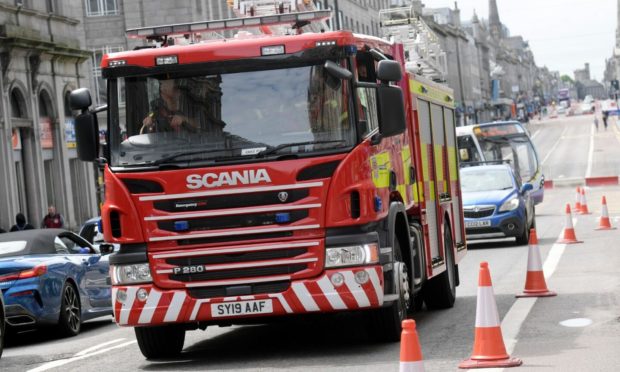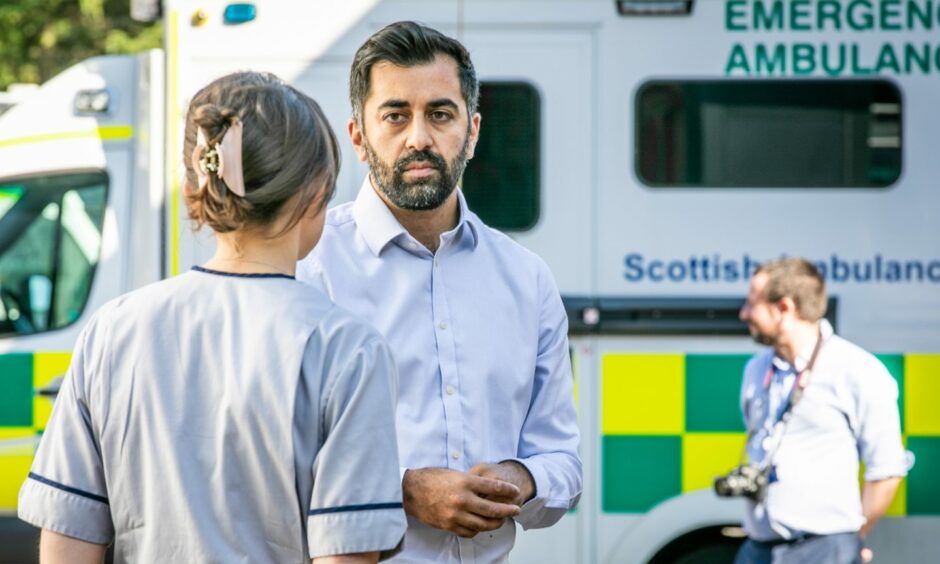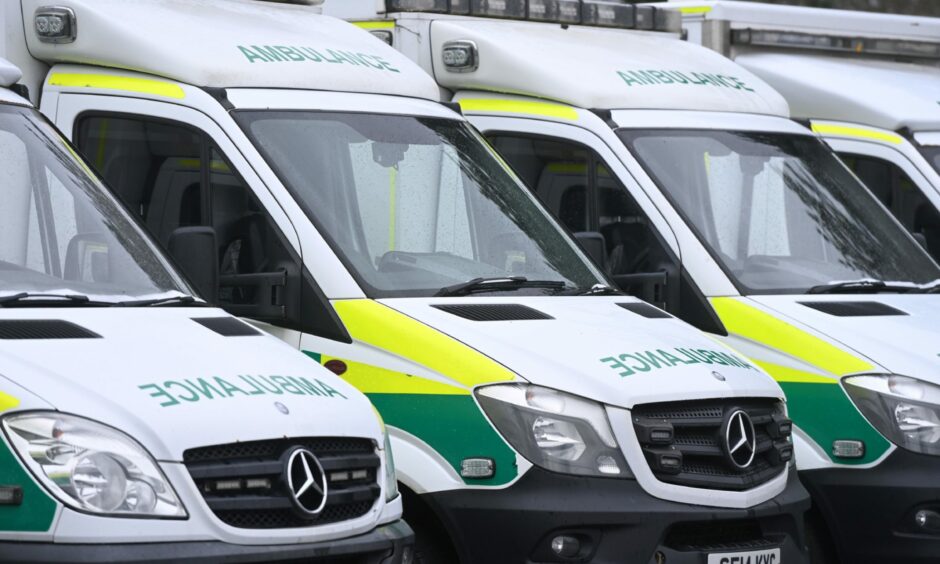Firefighters are poised to be used to drive ambulances in an attempt to ease Scotland’s A&E crisis as part of a new £20million support package.
Patients making 999 calls for medical aid have been forced to endure long waits for paramedics to reach their home.
The Army has already been called on to provide extra personnel to ease the pressure on the system.
Now it has been confirmed the fire service will also step in while calls to the RAF and Navy remain under consideration.
Meanwhile, A&E doctors say 1,000 more hospital beds are needed across Scotland to cope with the current rush of patients.
‘Call to arms’ to ease ambulance crisis
Health Secretary Humza Yousaf is drawing up a blueprint to outline what duties firefighters will perform to help ease the pressure on ambulances in the current crisis.
The minister is due to outline a package of measures to address the crisis to the Scottish Parliament later today on Tuesday.
Mr Yousaf told the Daily Record he will announce an extra £20million in funding to the Scottish Ambulance Service to help cope, amid a “call to arms” across the public sector.
He said: “The SAS can draw on this funding immediately and whenever it is required over the winter period.
“It will be up to the ambulance service when to spend it but given the urgency of what we are dealing with we expect them to spend it as quickly as they possibly can.”
The new £20million package is in addition to a separate £20million fund announced by First Minister Nicola Sturgeon last week, which has been used to recruit 591 staff.
More beds needed elsewhere in hospitals
Capacity issues have been highlighted as one of the main reasons behind the current A&E and ambulance crisis.
Queues of ambulances have been forced to wait outside units due to Covid restrictions meaning they are unable to drop-off patients with hospital staff.
The delays are then causing knock-on delays for paramedics reaching emergency calls.
The Royal College of Emergency Medicine Scotland has said A&E units are struggling because there are not enough beds elsewhere in hospitals.
Vice-President John Thomson told the BBC: “Thee college estimates that we’re approximately 1,000 beds short nationally and that would certainly help alleviate some of the issues relating to what we call exit block, which are patients waiting to move from the emergency department when they no longer require care within the department.
“Emergency departments can be very busy and function very smoothly when we have no exit block.
“Conversely when we’ve seen significant exit block, and long wait for patients to move to beds, then we can have relatively few patients in A&E and struggle to provide the right level of care that we would want to.”
Army personnel will be of ‘little or no help’
Army personnel are already due to step into the breach to ease pressure on the ambulance service.
The troops are expected to provide patient transport for non-emergency cases, including those being discharged from hospital.
It is expected the move will reduce the burden on personnel and vehicles from the Scottish Ambulance Service.
However, concerns have been raised that the move will not help with emergency cases.
Jamie McNamee, Unite’s Scottish Ambulance Service convener, told BBC Radio Scotland he expected the Army would be providing about 90 drivers.
He said: “While they are welcome, and it’s good to have them on board, they will be little or no help to the Scottish Ambulance Service in terms of emergency care provision.
“I would imagine they will work in the non-emergency service to help free up capacity for the health boards.”


